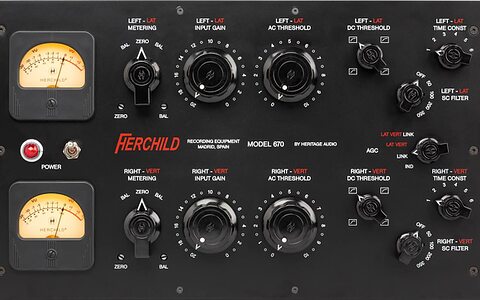
Two notes ReVolt amp simulator pedals
ReVolt Guitar and ReVolt Bass are a pair of new three-channel amp simulator pedals that feature an all-analogue signal path with a valve preamp stage.

ReVolt Guitar and ReVolt Bass are a pair of new three-channel amp simulator pedals that feature an all-analogue signal path with a valve preamp stage.

Rode have unveiled the RodeCaster Pro II, a new and updated version of their all-in-one production studio for content creators.

Audient expand the EVO range with a 24 in / 24 out model featuring eight on-board mic preamps.

Genelec's speaker calibration software is now the first in the world to provide a complete acoustical room analysis.

Kilohearts release an update to their entire plug-in range, as well as new pricing and bundle options.

Heritage Audio have introduced two new hardware compressors, providing modern recreations of incredibly rare and sought-after devices.

MOD Devices have launched a set of modular synthesizers that allow musicians to play synth sounds using a guitar, with no modifications or special pickups required.

Version 12 includes a refreshed user interface, new audio and MIDI functionality, refreshed audio plug-ins, and a rewritten audio engine...

Meris' new LVX is a stereo delay pedal capable of processing either instrument or line level sources.

UAD Software v10.1 has been released, bringing with it a new EQ plug-in collection alongside some updates for Mac users.